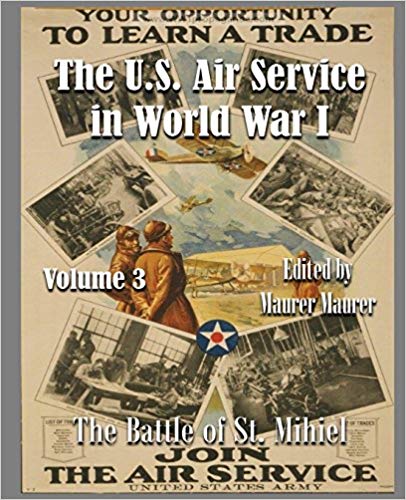Billy Mitchell, Chief of Air Service, First Army, informed Gen. John J. Pershing, then commanding First Army as well as American Expeditionary Forces (AEF), that the air force he was assembling for the battle was “one of the largest … yet brought under a single command on the front.” Pershing would repeat this statement, without the qualifying phrase, In the “Final Report” he would submit to the Secretary of War after the Armistice. There, the air force at St. Mihiel would be described as “the largest assembly for aviation that had ever been engaged in one operatlon,” a statement that, with variations in the wording, would be repeated many times over the years. Americans, however, sometimes tend to overlook the fact, pointed out in Pershing’s report, that the air force at St. Mihiel was an Allied rather than an American force. Pershing had to borrow heavily from the Allies to fill out the First Army for the Battle of St. Mihiel. The French provided one of the four army corps engaged In the offensive and contributed Infantry, artillery, tanks, and aviation tor service with American forces. As Commanding General of the First Army, Pershing had operational command of all forces, American and. Al/led, assigned or attached to the First Army for the battle. America’s Allies made a large contribution to the airpower employed at St. Mihiel. In fact, only about 40 percent, or about 600, of the nearly 1,500 airplanes constituting the airpower for the battle were flown by American personnel assigned to American units. Less than 50 of those 600 planes were American made, the others having been obtained from France. The other 60 percent of the total number of planes belonged to French, British, and Italian units. Further, not all of the 1,500 planes were actually under Pershing’s control during the battle. While he had operational command of French and Italian aviation units attached to the First Army, he did not have such authority over British aviation, consisting of bomber units, that cooperated during the battle {see App. C). American air strength on the. Western Front increased steadily between the Battle of St. Mihiel and the Armistice. Never again during the war, however, would the Allies assemble for any battle as much airpower as they had at St. Mihiel.
808 pages





